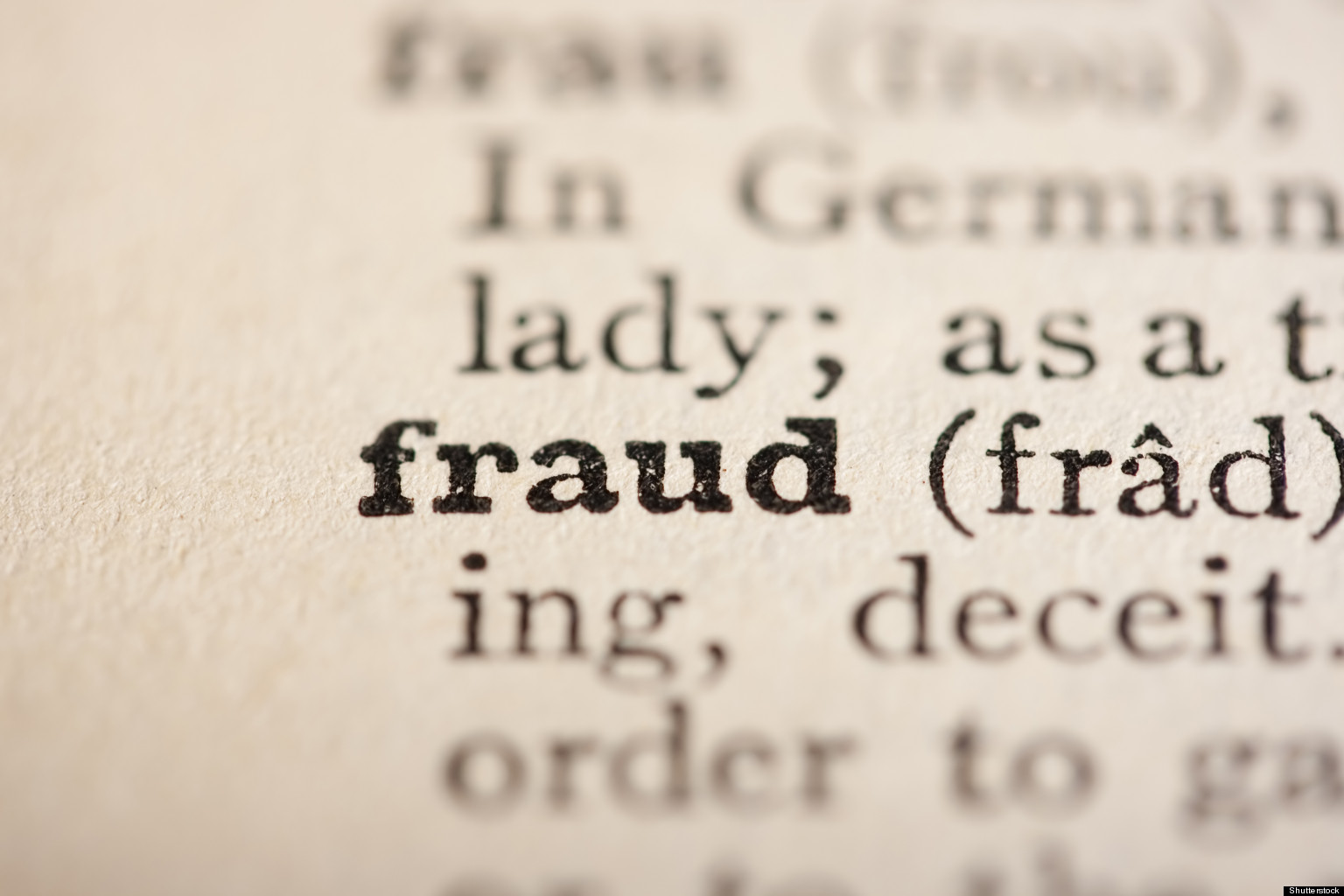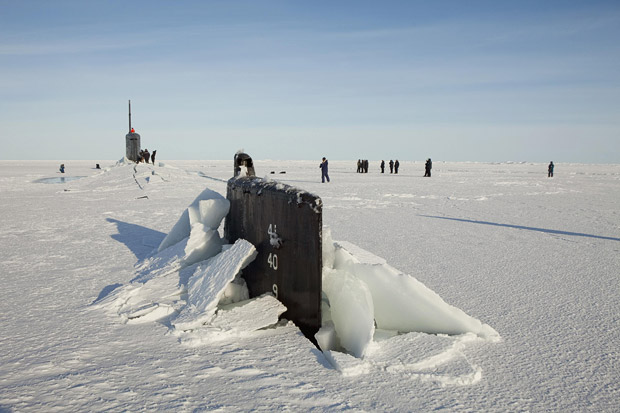
Power lines throughout the state are supported by around 250,000 wooden poles. As protection against wood-boring insects like carpenter ants – Alaska is too cold for termites – the poles are treated with Pentachlorophenol, a pesticide that dates back to the 1930s.
U.S. Fish and Wildlife Service (FWS) officials have recently raised alarms regarding “concerning levels” of pesticide contamination within the Kenai Peninsula in south-central Alaska.
Despite their warnings, Senator Peter Micciche is pushing for the passage of SB 173, which shields Alaskan power companies from liability. Representing the city of Soldotna in the affected peninsula, he told the Senate Resources Committee that his bill is ultimately meant to protect consumers.
"The reason for bringing this forward is the financial protection of nearly every Alaskan ratepayer who depends upon a utility to have electricity delivered to their home, business or facility," Senator Micciche argued.
Wildlife refuge contaminated by leaching pesticides
The crisis first came up during 2015, when FWS biologists discovered “concerning levels” of Penta pesticides in the soil around the bases of power poles in the Kenai National Wildlife Refuge. The poles were owned by Alaskan power utility Homer Electric Association.
The Kenai refuge manager warned the Alaska Department of Environmental Conservation in January 2016. In turn, state regulators let Homer Electric Association know that it would be held responsible for the pollution caused by the power poles.
According to testimony by Brad Janorschke, general manager of Homer Electric, cleaning up the site would be very costly. He told the Senate committee that the contaminated poles would need to be transported south via barge for proper disposal.
"The cost to remove a single utility pole from service and comply with a lengthy site cleanup process would be about $30,000. 30,000 bucks a pole," Janorschke clarified.
FWS has not yet published its studies on the Pentachlorophenol contamination of the Kenai National Wildlife Refuge. But it did turn over raw data from the soil samples and its correspondence with state regulators to an Anchorage-based environmental group.
The Alaska Community Action on Toxics filed a Freedom of Information Act request when they found out about the study. Executive director Pamela Miller expressed alarm at the Alaskan power industry's move to change the law.
“This particular study by the FWS may have been at least the primary impetus for the utilities to seek a political solution to their problem,” she suggested. (Related: EPA, Monsanto face lawsuit over pesticide drift that damaged millions of acres and threatened endangered species.)
Who will be liable for polluting poles?
SB 173 has encountered opposition from Senator Bill Wielechowski. The Anchorage senator believed the bill might shift liability onto property owners even though they didn't own the power poles.
“I mean, should the manufacturer possibly be responsible? Should the person who’s applying it be responsible? It would seem to me; there should be some responsibility somewhere other than the person who has no say about where these poles go,” he warned.
The Department of Environmental Conservation (DEC) is on the controversial case.
“We know what the product does and its toxicity. That’s been clearly defined by EPA,” said Kristin Ryan, the head of the state agency's spill response & prevention division.
According to Ryan, the DEC has recently taken new samples. It will take the agency several weeks to confirm if pesticides were leaching from the power poles.
Visit Pollution.News for more articles related to pollution.
Sources include:
Please contact us for more information.























